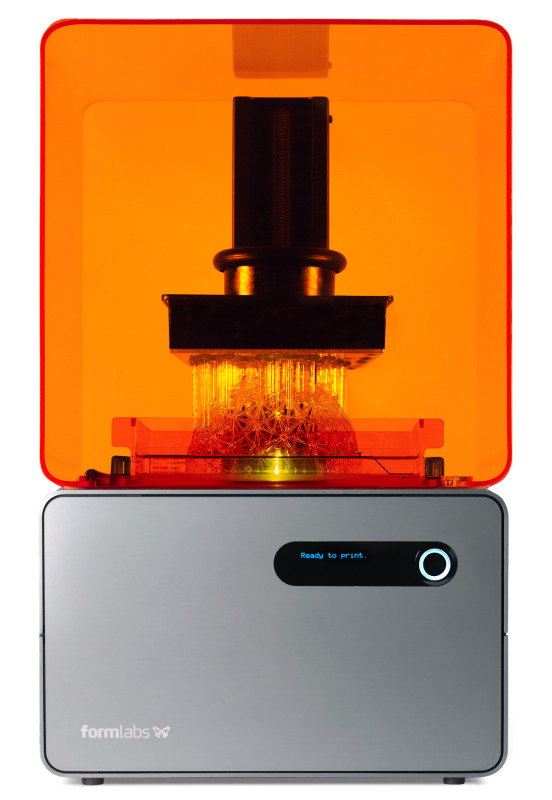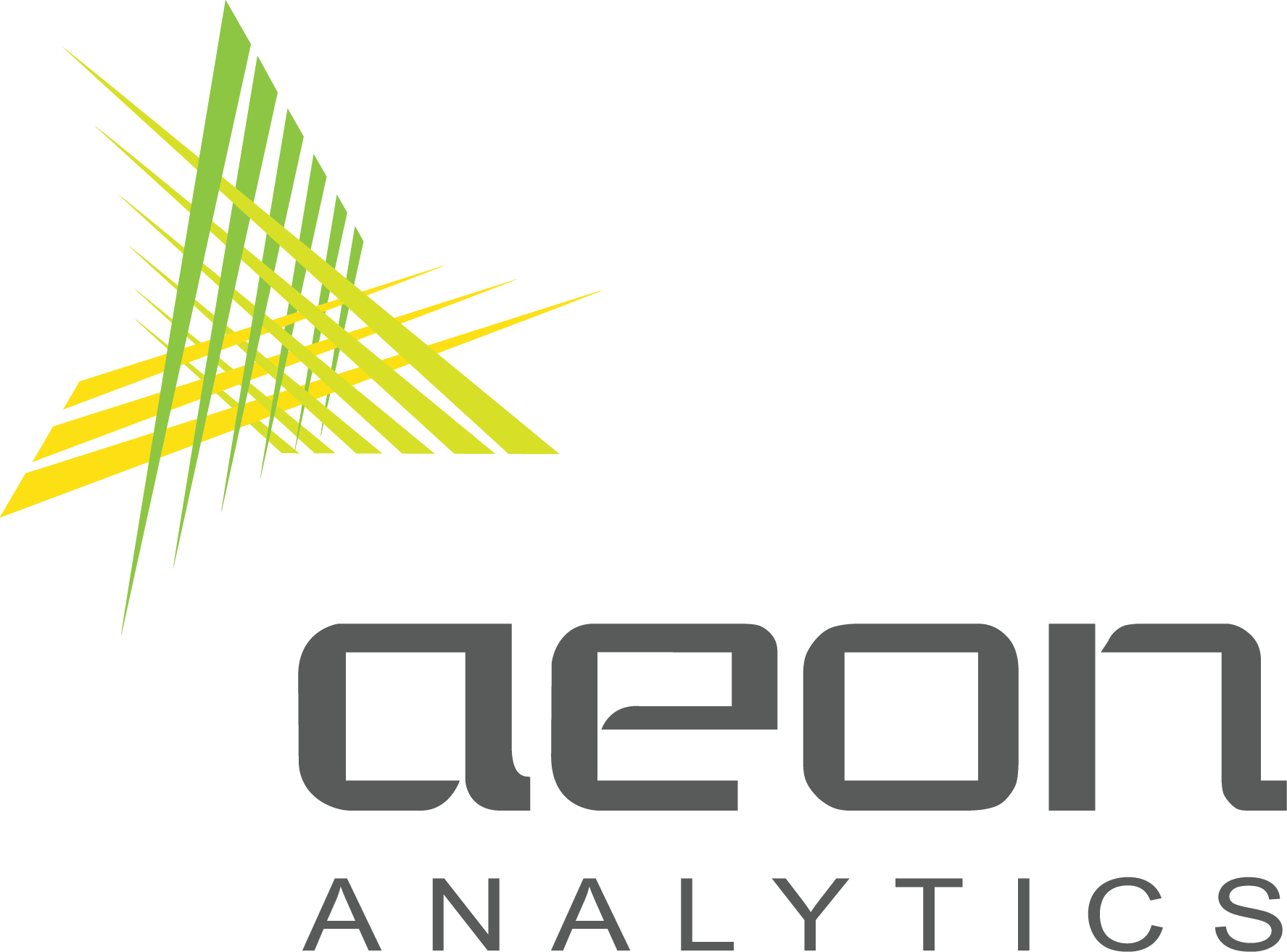 3D Printing has become a staple of my everyday work routine to help with prototypes for the design I am working with. Each time I want to fondle an iteration, I hit print. Need some parts in quantity? I hit print for each set of cavities. Need a quick fixture to aid in inspection or finishing? I hit print, and so on. You get the picture.
3D Printing has become a staple of my everyday work routine to help with prototypes for the design I am working with. Each time I want to fondle an iteration, I hit print. Need some parts in quantity? I hit print for each set of cavities. Need a quick fixture to aid in inspection or finishing? I hit print, and so on. You get the picture.
I was recently reading a timeless article on Techrepublic, and here’s their definition of some of the best types of 3D printing technologies.
Fused deposition modeling – one of the best examples of this technology brought to popularity by Makerbot. These printers melt a plastic filament and deposit the plastic in layers until it fills up the model. There are two types of plastic, both of which MakerBot uses: ABS, which is sturdy and made from oil-based resources, and PLA, which is biodegradable and made from plant-based resources.
Stereolithography – This type of machine uses a laser to cure a resin and build the prototype one layer at a time. Rapid prototyping, another form, doesn’t use supports to hold up the part so that it can be built faster, but in basic stereolithography, the supports must be manually removed from the part.
Selective laser sintering – This type of 3D printing is where lasers are used to sinter powdered metal, binding the powder together to create a solid structure. After each layer is sintered together, the structure drops and the next layer is built on top of it. A really effective way to streamline the print.
